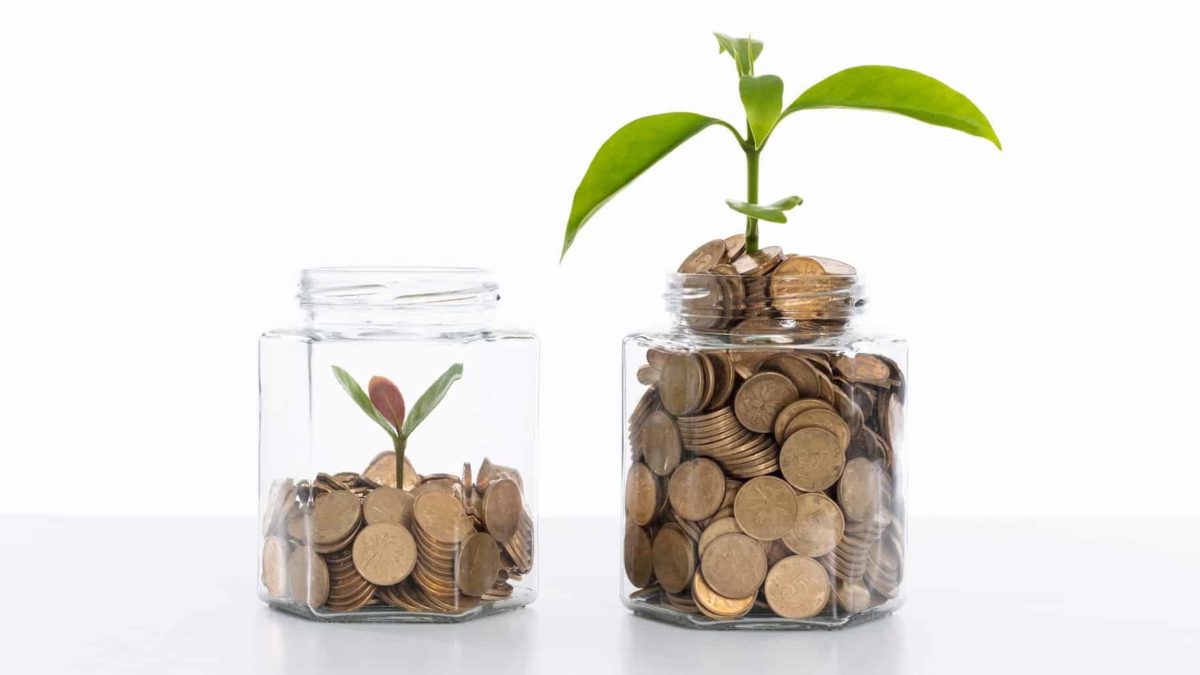Receiving passive income from ASX dividend shares is one of the best things about investing. Dividend income is truly passive income, requiring nothing more than an investment of capital. An investor will receive their dividends, rain or shine, sick or healthy, if they own dividend-paying shares.
But knowing this is the easy part. So how does one choose the ASX dividend sources that are to provide this passive income?
Well, that's the $64 million question.
Want passive dividend income? Start with an ETF
I would start with an exchange-traded fund (ETF). An ASX index ETF like the iShares Core S&P/ASX 200 ETF (ASX: IOZ) holds all 200 shares in the ASX 200 Index. Right off the bat, this includes dozens and dozens of dividend-paying shares.
Holding the top spots are famous payers like the ASX big four banks, BHP Group Ltd (ASX: BHP), Telstra Group Ltd (ASX: TLS) and Woolworths Group Ltd (ASX: WOW). All dividends and franking credits received by an ETF have to get passed on to investors, so the iShares ASX 200 ETF always pays out dividend distributions that reflect the ASX at the time.
These tend to grow over time in line with the Australian economy too. For example, back in 2017, the iShares ASX 200 ETF paid out a total of 97.84 cents per unit in dividend distributions. Over this year, that same ETF has paid out $1.74 per unit in income.
Considering all of this, I think an ASX index fund like this is a great foundation to build a portfolio of passive income-paying investments.
But what about when it comes to individual dividend shares?
Here are two things to consider. The first is a company's strength. A strong company can usually afford to pay out strong and consistent dividend income. When I buy a share, I like to ask myself a simple question: will this company be bigger and stronger in ten years than it is today? I think the answer for many of the ASX's top companies is most certainly 'yes'.
Woolworths, for example, is the most dominant grocer in Australia. We'll all continue to need to buy food and other household essentials. And I think Woolworths is the place that most Australians will continue to use to this end. Thus, Woolworths is the kind of ASX dividend share I would consider for a portfolio to provide growing passive income.
The past can tell us what to expect in the future
The second is a company's dividend history. I believe that if a company can demonstrate a solid track record when it comes to dividend payments, it bodes well for the potential of a future investment. Take Washington H. Soul Pattinson and Co Ltd (ASX: SOL).
Soul Patts has one of, if not the, best dividend streak on the ASX 200. It has increased its annual dividend payment every single year since 2000, a feat no other ASX 200 share can match today. That alone gives me a great deal of confidence in including this ASX share as part of a passive dividend income portfolio.
So that's where I would start if I wished to build a passive income portfolio of ASX shares from scratch. The key is to find investments that you can make a reasonable assumption will be able to fund a growing dividend well into the future.









